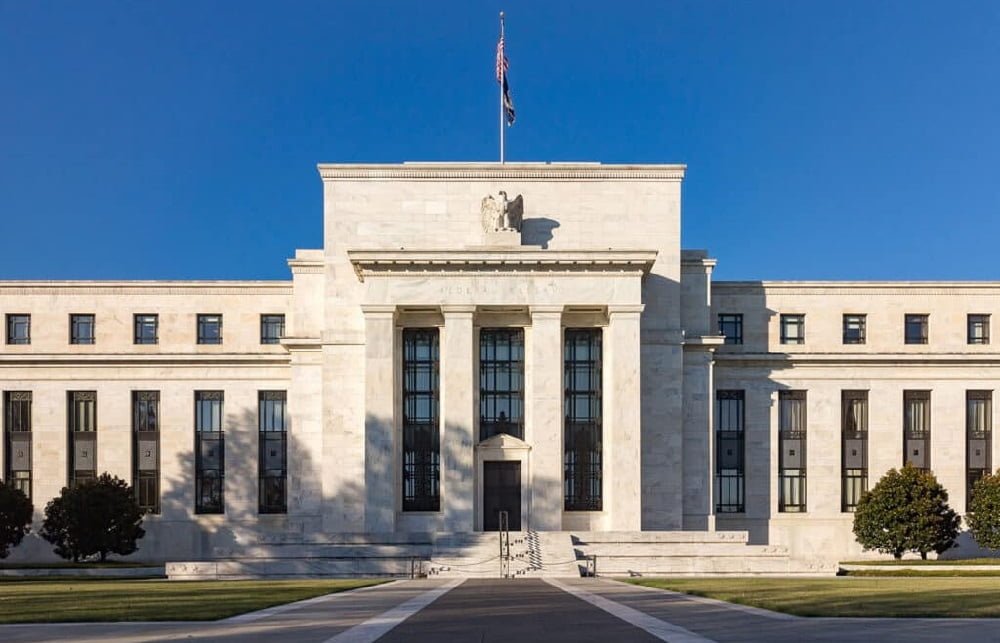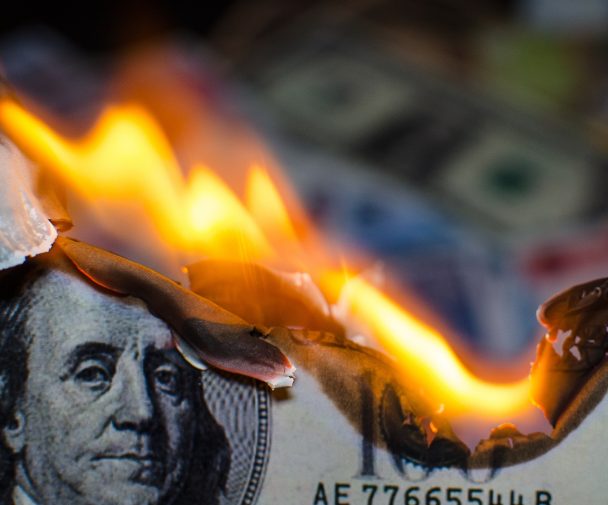
Fed Mulls Rate Increases
Rising Inflation a Concern
WRITTEN BY Juliette Fairley
JUNE 18, 2021
With inflation rising, at least two rate increases are expected by 2023, which is sooner than originally forecast, according to Federal Reserve Bank data.
Federal Reserve Bank Chairman Jerome Powell made the announcement this week during a press conference after the bank’s two-day policy meeting.
“There’s every reason to think that we’ll be in a labor market with very attractive numbers, with low unemployment, high participation and rising wages across the spectrum,” Powell said.
The Federal Reserve Bank typically will raise interest rates to reduce inflation and decrease rates as a way to spur economic growth.
The US Central Bank’s main interest rate has been hovering at 0 to 0.25% since the pandemic emerged and was not expected to budge until 2024.
“There is always concerns that the Fed is falling behind the curve especially if the US economy continues its robust recovery and demand for labor accelerates inflation,” said Daniel Hilpert, founder and managing director of Equicap, a New York City based real estate investment banking intermediary firm.
The news, which was unexpected, resulted in the Dow Jones Industrial Average tumbling 265.66 points.
“This is not what the market expected,” James McCann, deputy chief economist at Aberdeen Standard Investments, told CNBC on Wednesday.
“The Fed is now signaling that rates will need to rise sooner and faster. This change in stance jars a little with the Fed’s recent claims that the recent spike in inflation is temporary.”
Powell further stated that inflation could be higher than anticipated. Core inflation is expected to be 3% this year, which is higher than the 2.2% forecast three months ago.
“The Fed’s indication of higher inflation in 2021 and possibly two rate hikes by 2023 need to be taken with a big grain of salt,” Hilpert said.
The Federal Open Market Committee attributed the sudden rebound to progress on vaccinations, which is allegedly reducing the spread of the coronavirus.
“Amid this progress and strong policy support, indicators of economic activity and employment have strengthened,” the Federal Open Market Committee reported in a statement online. “The sectors most adversely affected by the pandemic remain weak but have shown improvement.”
As of June 16, the CDC disclosed that 44.1% or 146,456,124 Americans have been fully vaccinated nationwide.
Fed officials estimate that the unemployment rate could drop this year to 4.5%, which could be partly due to unemployment benefits and federal pandemic assistance.
Businesses nationwide are blaming worker shortages on the average employee earning more collecting unemployment benefits with additional federal pandemic assistance than reporting to a job, according to media reports.
“The economy is far from maximum employment,” Hilpert said.
Powell also discussed the Federal Reserve Bank’s $120 billion in monthly bond purchases.
“It is likely that the Fed will begin tapering its bond-buying program, which it’s had in place to help prop up the economy through the pandemic,” Hilpert added.
But as previously reported by CNBC, Powell did not indicate when the Federal Reserve Bank might cut back on these bond purchases.
“It is so great to see the re-opening of the economy … and to see people out living their lives again,” Powell said at the news briefing. With both the states of New York and California lifted most of their pandemic-related restrictions on June 15, one is inclined to agree.











